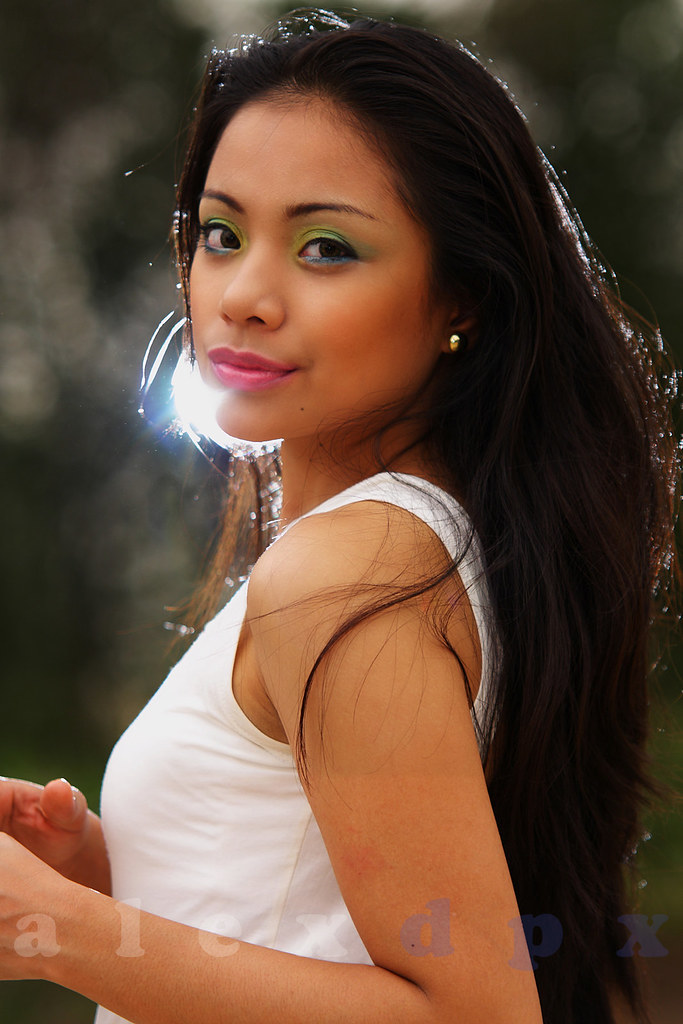Light Dance

"A light-emitting diode (LED) (pronounced /ˌɛl iː ˈdiː/[1]) is a semiconductor light source. LEDs are used as indicator lamps in many devices, and are increasingly used for lighting. Introduced as a practical electronic component in 1962,[2] early LEDs emitted low-intensity red light, but modern versions are available across the visible, ultraviolet and infrared wavelengths, with very high brightness."
Labels: lighting photography, technique







